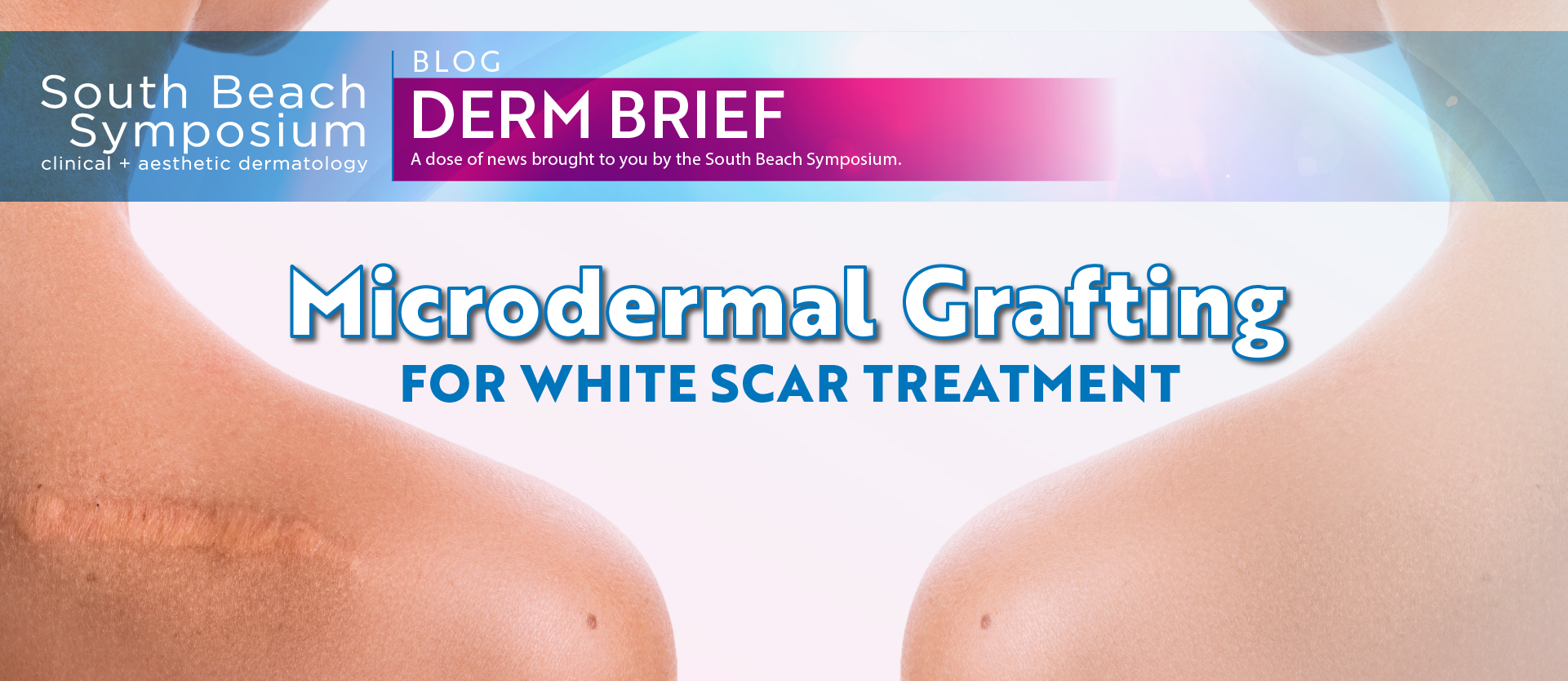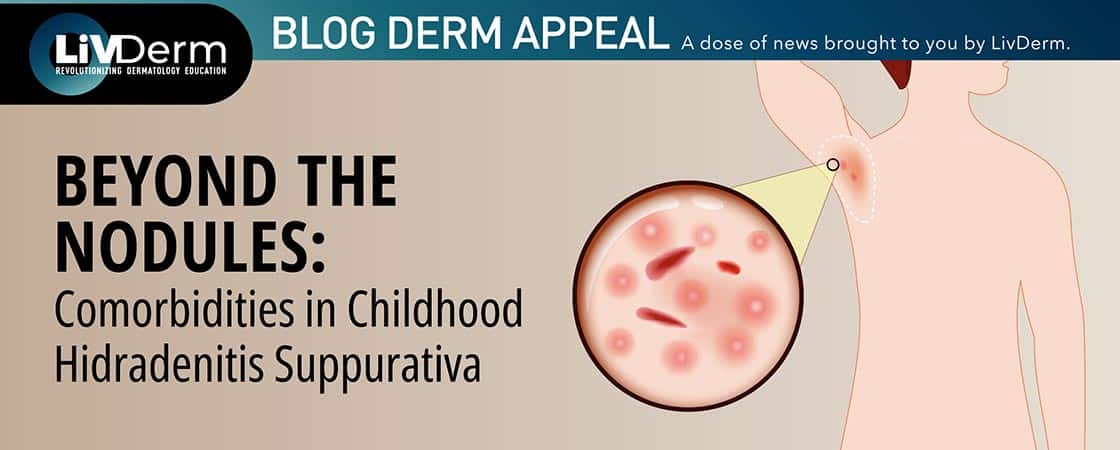A selection of over-the-counter cosmetic products – ranging from silicone sheets to chemical exfoliators – and dermatologic procedures are available to consumers looking to fade, diminish, or completely remove scars. While certain scars, such as surface level or colored scars, may respond to topical therapies, depressed scars, keloids, and contracture scars can require a more aggressive line of treatment. In the case of hypopigmented scars – which tend to be permanent and significantly lighter than the surrounding skin – successful treatment is often difficult and current methods fail to restore tissue to adequately match the skin.
While scar excision, laser treatment, phototherapy, and medical tattooing are all popular options for the treatment of hypopigmented scars, they lack the ability to effectively reduce the appearance of scars and regenerate the color of the skin tissue. Researchers searching for more efficacious methods utilized an improved form of microdermal grafting to treat a cohort of patients with white scars in a recent study published in the Aesthetic Surgery Journal.
Improved Microdermal Grafting Surgery
The new microdermal grafting procedure has been refined over the last 18 years, becoming more time-efficient and streamlined. According to the team, the treatment now takes around an hour under local anesthetic. After taking the skin from the donor site, defatting and de-epithelializating it, researchers cut into 1 mm to 2mm microdermal particles and implant the microdermal grafts into puncture holes in the scar area. The treated lesion is then covered and dressed to begin healing.
Microdermal Grafting for Color Regeneration of Hypopigmented Scars
Led by Dr. Su-Ben Tsao, founding director of Asian Plastic Craniofacial Association and an active member of the Oriental Society of Aesthetic Plastic Surgery, a team of Taiwanese researchers conducted a retrospective study to determine whether microdermal grafting could effectively treat hypopigmented scarring. In this three-year study, 30 women and 8 men with a mean age of 31.2 underwent an optimized microdermal grafting surgery, which introduced melanocytes into white scar tissue to regenerate skin coloration. Among others, types of patient scarring included: parallel linear scars on medial forearms, forehead scarring from trauma, lip scarring from cleft lip repair, and upper blepharoplasty procedure scars.
The majority of participants received 1 treatment (78.9%), while 15.8% received 2 treatments, and 5.3% underwent 3 treatments. After microdermal grafting procedures were completed, three lay judges evaluated the percentage of pigmentation recovery based on pre-operative and post-operative photographs. Additionally, patients were asked to self-assess their satisfaction and percentage of improvement 1 year after treatment via a questionnaire.
Visibly Regenerated Color and Subjective Improvement
One year after microdermal grafting surgery, patients showed visible improvement in scar tissue color. The lay judges found an average scar color regeneration improvement of 49% in participants who received 1 session, 75% after 2 sessions, and 90% after 3 sessions. Of the 27 patients who completed the self-assessment questionnaire 1 year after surgery, 55% reported subjective improvement after 1 session, 88% after 2 sessions, and 95% after 3 sessions. Overall patient satisfaction rates were high, according to authors who concluded that microdermal grafting is an adequate treatment method for white scars due to its ability to regenerate melanocytes to match the surrounding skin. However, they note that more than 1 treatment session may be needed to achieve desired results.
The study’s authors acknowledge the limitations of the trial, including the difficulty for patients and judges to calculate improvement visually, and hope that future research involves microscopic evaluation of scar tissue after treatment to better quantify procedure outcomes. Nonetheless, the significant improvement in hypopigmented scar tissue color regeneration and an undetectable donor site incision a year after surgery implicate that the improved microdermal grafting surgery may prove to be one of the first reliable treatment methods for problematic white scars.

















